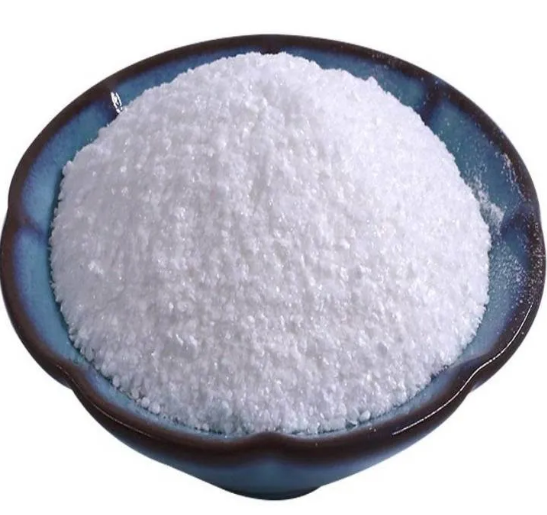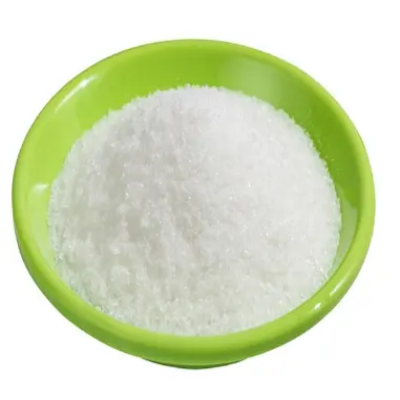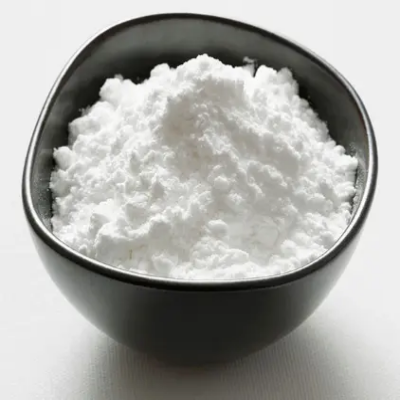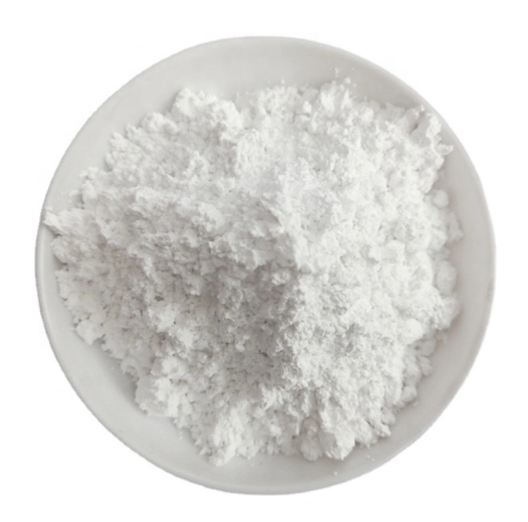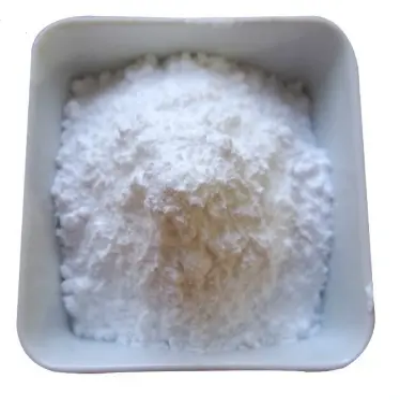Phosphatase, alkaline CAS:9001-78-9 Manufacturer Price
Bone mineralization: Alkaline phosphatase plays a crucial role in bone formation and mineralization. It is produced by osteoblasts, cells responsible for bone formation. Alkaline phosphatase helps regulate the levels of phosphate and calcium ions, which are vital for bone health.
Liver function: The liver produces alkaline phosphatase, and its levels can be measured to assess liver function. Elevated levels of alkaline phosphatase in the blood can be indicative of liver diseases such as hepatitis, liver cancer, or biliary obstruction.
Nutrient absorption: Alkaline phosphatase is found in the brush border membranes of the small intestines. It helps in the digestion and absorption of dietary phosphates and lipids. By removing the phosphate group from phospholipids, alkaline phosphatase aids in the digestion and absorption of fats.
Diagnostic marker: Alkaline phosphatase is often measured in blood tests to diagnose and monitor certain medical conditions. The levels of this enzyme can provide valuable information about liver function, bone disorder, or certain cancers.
In addition to its physiological roles, alkaline phosphatase has various applications in research and biotechnology:
DNA and RNA manipulation: Alkaline phosphatase is utilized in molecular biology techniques to dephosphorylate DNA and RNA molecules. Dephosphorylation helps prevent the formation of unwanted side products and makes the DNA or RNA more amenable to cloning, ligation, or other genetic engineering processes.
Protein and peptide modification: Alkaline phosphatase can be used to remove phosphate groups from proteins and peptides. This modification can alter their properties or facilitate downstream applications such as protein sequencing or protein-protein interaction studies.
Histological staining: Alkaline phosphatase is widely used in histology and microscopy techniques to visualize specific molecules or cellular structures. Alkaline phosphatase staining can provide insights into tissue development, differentiation, or disease pathology.
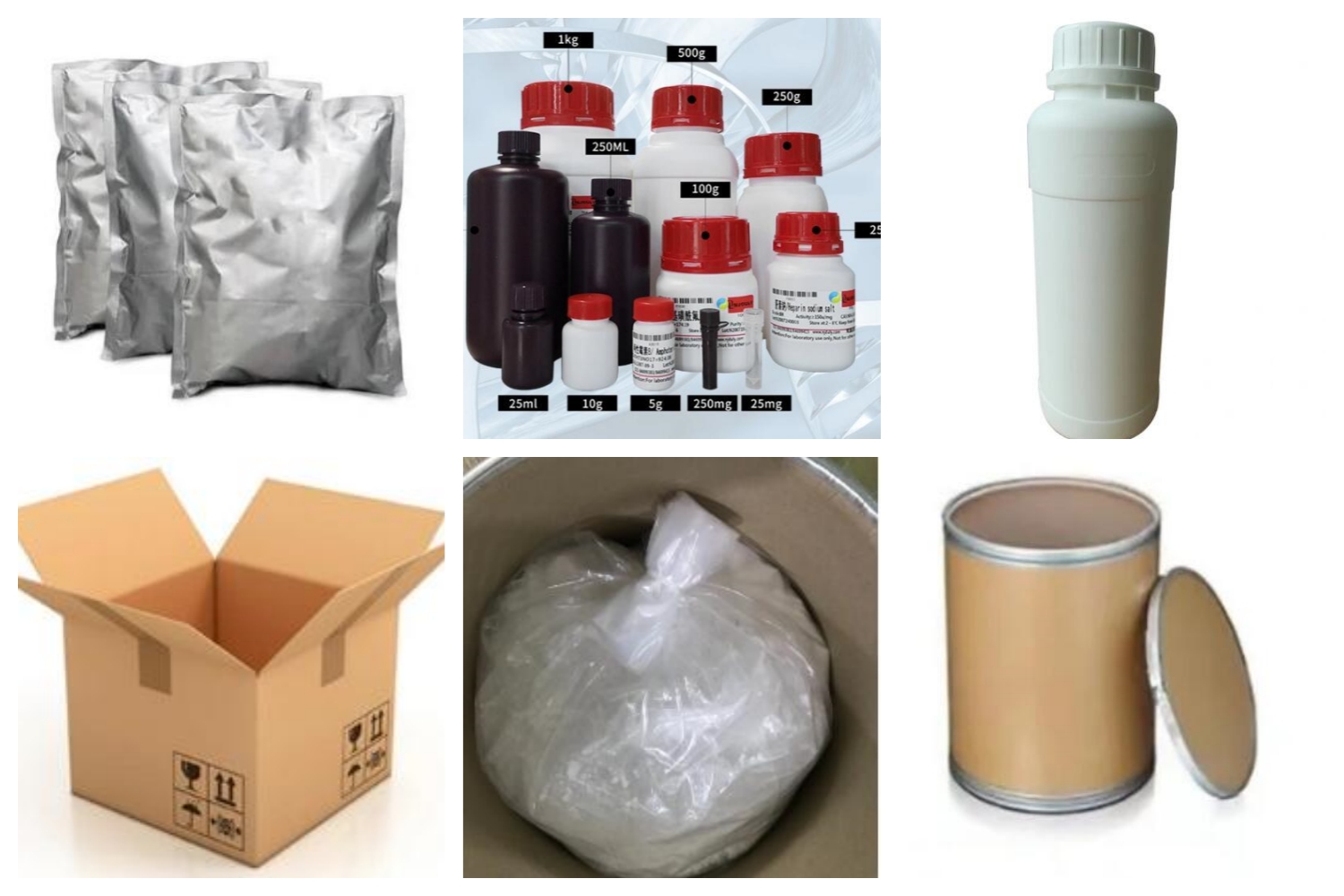
| Composition | C21H36N8O6 |
| Assay | 99% |
| Appearance | White powder |
| CAS No. | 9001-78-9 |
| Packing | Small and bulk |
| Shelf Life | 2 years |
| Storage | Store in cool and dry area |
| Certification | ISO. |


